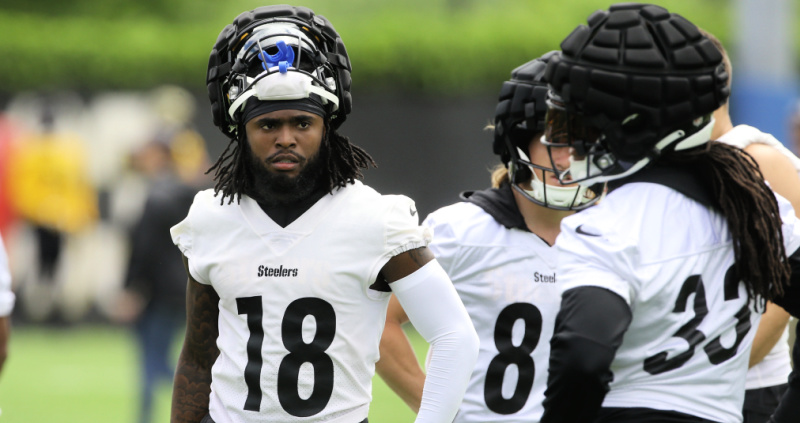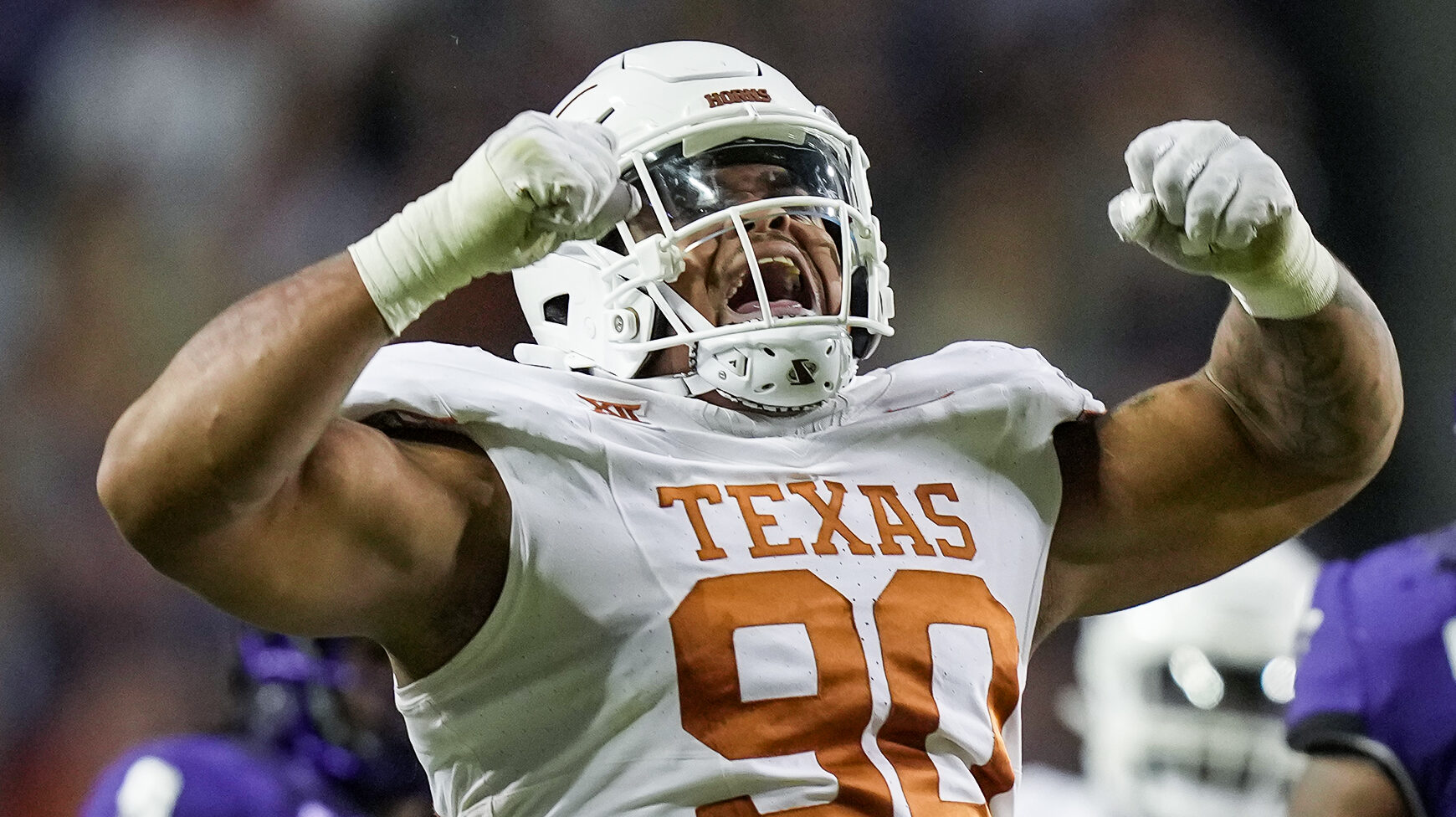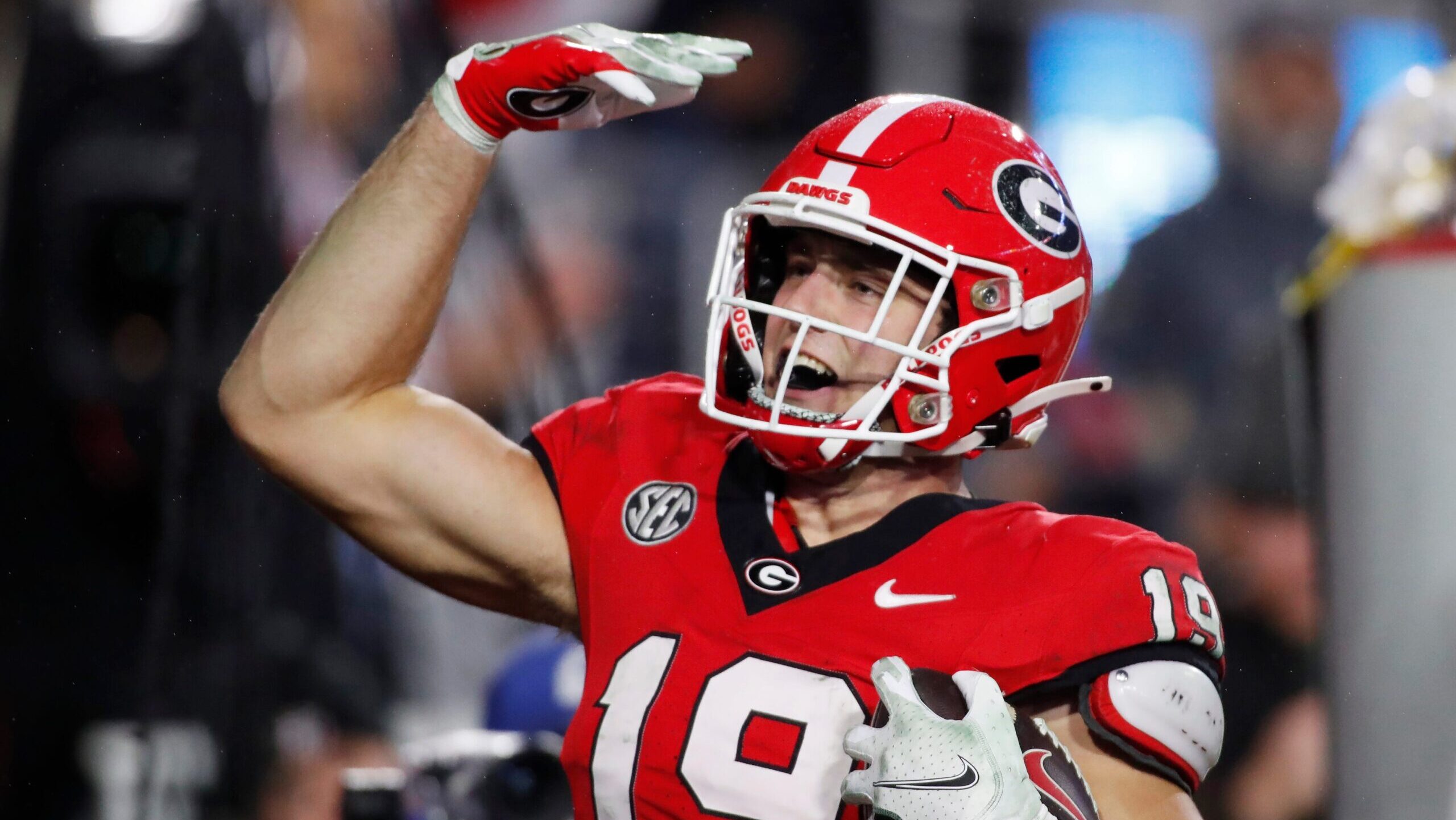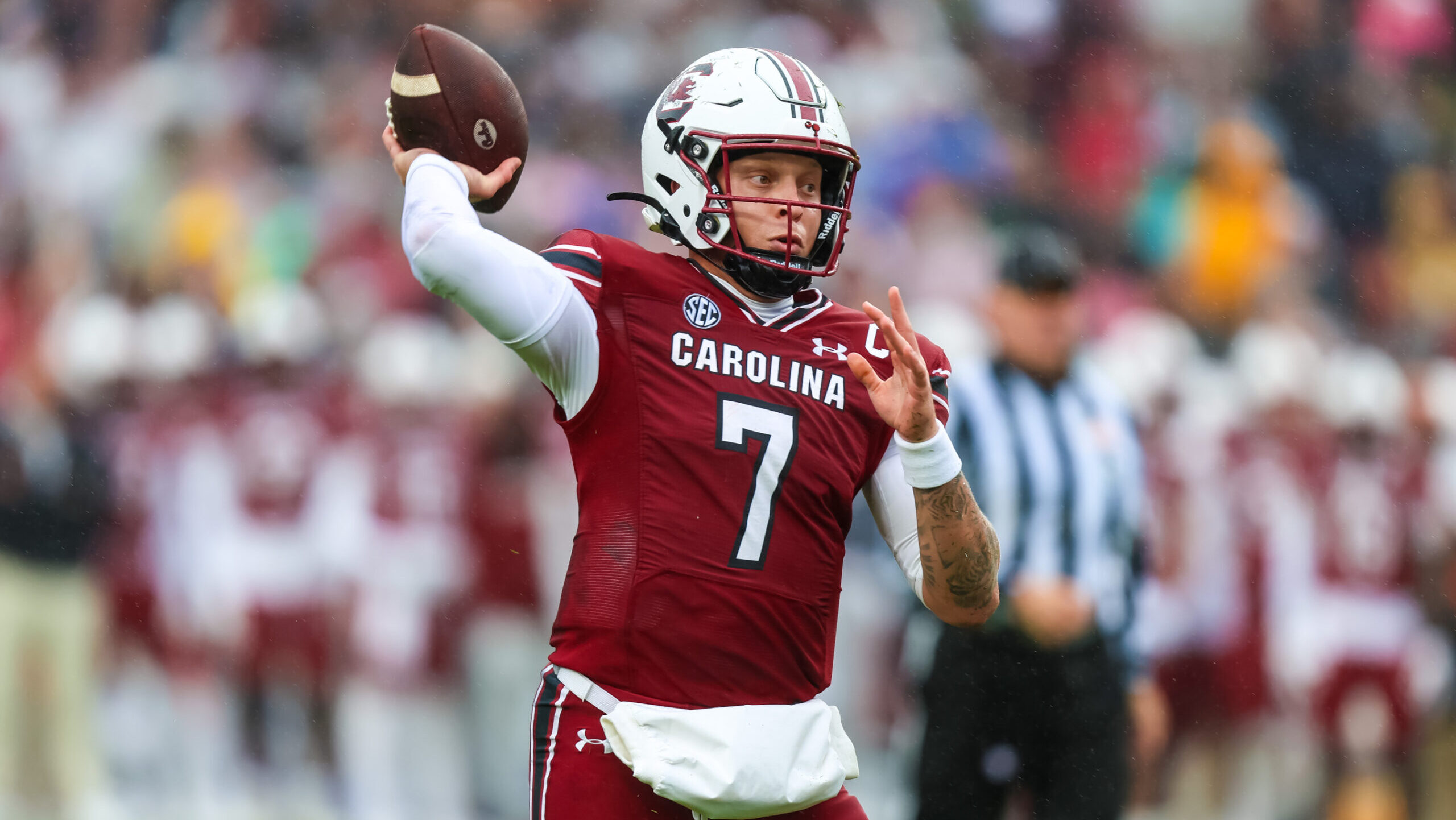Analysis
7/18/22
10 min read
Pros and Cons of the NFL's Restricted Offseason Workout Program

Jeff Saturday and Rich Gannon have two very different views of the NFL’s current offseason workout program.
As a member of the NFL Players Association’s executive committee in 2011, Saturday helped negotiate major changes to an offseason structure that the union felt had become little more than an extension of the season.
“We were trying to extend players’ careers and take the pressure off of their bodies in the offseason,” said Saturday, a six-time Pro Bowler with the Indianapolis Colts. “When I was on the Colts (1999-2011), it seemed like every time we ended a season it was beginning again. You’d get a couple of weeks off and then were back to the grind.
“We talked about players getting away from the game not only for their own mental health but letting their bodies rest and then slowly being brought back into the fold instead of hitting the ground running.
“I think (the offseason program) is paying dividends. You’re seeing offensive linemen playing well into their 30s. You’re seeing quarterbacks playing into their late 30s and early 40s. You’re seeing a lot of guys having extended careers.”
Gannon played in the league until he was 39, spent 15 seasons in the NFL, went to four Pro Bowls, and was the league’s Most Valuable Player in 2002 at the ripe old age of 37.
He has the utmost respect for Brother Saturday but isn’t buying the less-time-at-the-training-facility-in-the-offseason equals longer-careers-and-better-mental-health logic.
“I don’t think there’s any question that the new [offseason] schedule is a detriment,” said Gannon, who played from 1987 through 2004. “I really got better in the offseason program. Even as a veteran player, I really made huge strides in the offseason.
Read More: Rich Gannon on The Importance of Offseason Quarterback Programs
A step backwards?
“You take away the [offseason] reps, whether it’s the physical reps or the mental reps, and you take away the opportunity for guys to be in the meeting room with the coaches and looking at all the cutups from the previous year and all of the third-down breakdowns. You’re not getting better.’’
During the 2011 CBA negotiations, the league’s owners agreed to drastically shorten the offseason workout program. Then, in 2020, in exchange for a 17th regular-season game and a couple of additional playoff games, the owners further acquiesced on more offseason workout reductions.
Teams can’t even talk to players about football until mid-April, let alone meet with them or hold any kind of on-field workouts. Once players are allowed in the building, there are time limits on how long they can stay at the facility as well as limits on the length and total number of Offseason Training Activities (OTAs).
Ideally, you’d have the players getting better in the building,” Gannon said. “Living in the city they play. Working out in the city they play. Not only that, but the [old] offseason program helped teams build a culture and be in an environment that was conducive to winning and how we work and how we train.
“I want all of my players in the offseason program. I want them all in the gym every morning and in the meeting rooms and out on the practice field and running together. Now, all of a sudden, you’ve got guys doing their own thing. You get them for a few weeks in the late spring and then the next time you see them is in training camp.”
If the players union had its way, there wouldn’t be any offseason workout program at all. It would be like the old days of the NFL when players scattered at the end of the season and didn’t have to return until training camp. Of course, training camp and the preseason were a lot longer back then, and there were no restrictions on the length of practices or how much hitting you could do.
The COVID pandemic forced the NFL to have an entirely virtual 2020 off-season, with teams limited to doing everything on Zoom. Despite that, scoring went up and turnovers and penalties went down, prompting NFLPA president J.C. Tretter to declare that there was no further need for an offseason workout program.
Players are happy
“Some coaches will say the quality of the game has taken a slight turn [for the worse],” said Saturday. “But I have been pleasantly surprised. The players I talk to have enjoyed the new process and think it’s been good. From my vantage point, what we fought for and what we got has extended careers.”
It's going to take several more years of data to prove that. One thing is clear: the limited offseason time coaches get to spend with their players in the spring has made it challenging . Especially teams with new head coaches and/or coordinators or new quarterbacks.
There are 10 new head coaches, 14 new offensive coordinators and eight new projected starting quarterbacks in the league this season.
“There’s so much change,” Gannon said. “And you’re trying to get all of this installed and develop the most important position on the team. And yet you’re telling me that we’re going to limit their exposure to these players and the amount of time they can be in the building? That’s insane.
“And it’s not just quarterbacks. If you’re an offensive lineman, I would make the argument that they need to be in the building too. But it’s a changing world we live in, and this apparently was something the players and the union wanted.’’
Emphasizing injury prevention
These days, getting your team to the regular season starting line as healthy as possible has become as important as teaching them the offense and defense. Two teams – the Eagles and Bengals – eliminated their mandatory June minicamps this year. Eagles coach Nick Sirianni also eliminated 11-on-11 work from OTAs, preferring instead to emphasize individual drills.
“What happens sometimes is you get these big dudes out there and you’re like, all right, we’re not going to go real hard,” Sirianni said. “But good luck telling Jason Kelce not to go real hard or Fletcher Cox or any of those guys.’’
Saturday has acknowledged that if he could go back in time to the 2011 CBA negotiations, he would’ve tried to figure out a way to allow players who want extra time in the facility to be able to get it, rather than forcing them to go find private training and coaching.
Marty Mornhinweg, who coached in the NFL for a quarter century before retiring after the 2020 season, admitted that the new offseason workout restrictions make it tough on coaches.
“The reduced time in the offseason and OTAs changed the way I operated, specifically with the quarterbacks,’’ said Mornhinweg, who worked with the Ravens’ Lamar Jackson when he was a rookie in 2018, and with the Eagles’ Jalen Hurts when he was a rookie in 2020.
Making the most of time
Mornhinweg said the new offseason setup has forced coaches to be more patient with young quarterbacks in training camp because they aren’t able to get as many reps in the spring anymore.
“It’s so constricted now. Everything has to be well thought out and well organized,” he said. “It’s important not to waste a single minute.
“When the [offseason] rules changed, I missed the part where you got to know each other really, really well. Where you got an opportunity to develop that trust between the coordinator and quarterback coach and the player. Trust and communication go a long way.’’
Like other coaches, Mornhinweg learned to adjust when offseason access to players was slashed.
“I understood some of the complaints,” he said. “Some guys went overboard in the old days. Some teams’ offseasons were like full-blown practices. You’d hear about what Buddy Ryan was doing in Arizona when he was the coach there and you’re going, holy smoke!
“I remember when the restrictions first came down. I was thinking, geez, they’re putting us under college rules. What are we doing? But there’s no benefit to complaining about it. You have to decide what’s the best way to attack this thing.
“I’m sure all these new coordinators and new head coaches, or coaches with new quarterbacks, went through that process this spring and figured out how to make it a positive. And you can do it. You can do it really well. I mean, there are young quarterbacks that have thrived under these rules despite getting fewer reps and meeting time.
“Some other guys, it might take until their second or third year before the light completely goes on. They might think they know and understand it but haven’t been through enough reps to where things are second nature.’’
Said Chuck Pagano, who was the Colts’ head coach from 2012 through 2017: “You have to evolve. Both the offseason program and training camp have restrictions. You’re trying to get as much blood out of a turnip as you can. It’s a fine, fine line. But it’s not going back. So, you have to figure out, how does this player learn best? How does he fit in our system? What’s his role going to be? Then you try and develop him as best you can within the framework of the rules.’’
Private training
Since they’re not allowed to work with their team’s coaches until mid-April, many of the league’s quarterbacks spend the first few months of the offseason working with private quarterback coaches.
Gannon’s not a big fan of this.
“You have different people teaching your players different footwork, different mechanics, different fundamentals,” he said. “I’m not OK with that. I don’t know if he’s going to show up with a bad back or be more prone to soft tissue injuries in training camp because he wasn’t training properly.
“That’s really scary. You have players that are critical to your success being handled and trained and tutored outside the building by guys you’ve probably never met. They come back with different warmup regimens and different mechanics.
Mornhinweg said he had the same concerns about his quarterbacks working with private trainers in the offseason.
“They’ve been throwing a certain way since they’ve been 9- or 10- or 12-years-old,’’ he said. “It’s fine to adjust it just a little bit, quicken it up just a little bit. But if you go to somebody else and he wants to change your motion, I just don’t believe in that. I believe you can improve upon your motion. But if you change the way a kid’s been throwing the football for years and years, that’s going to cause problems.
“If you look around the league, all these guys have way different motions. Some of the greatest ones can throw from all different types of angles.’’






